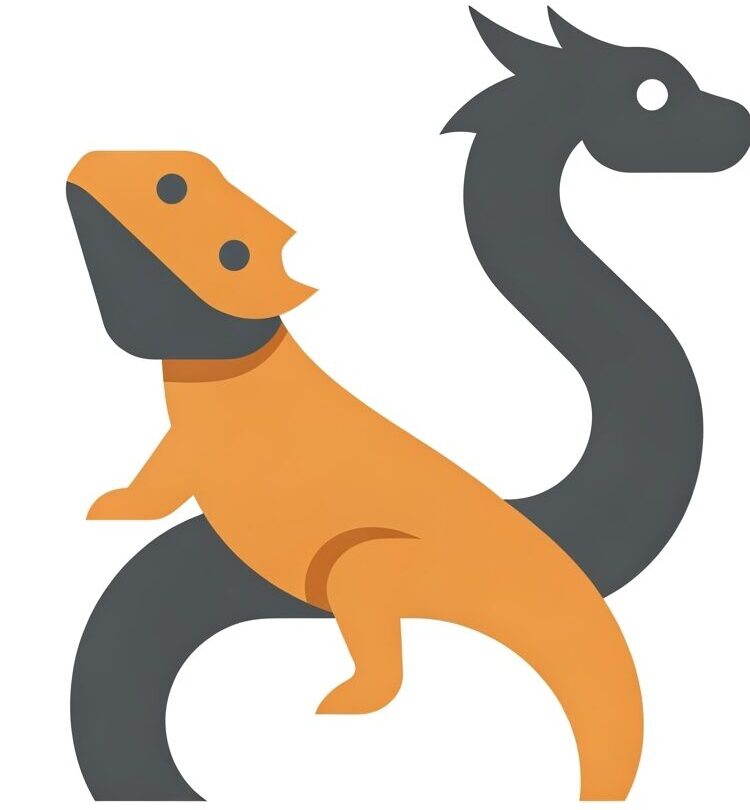Why is My Bearded Dragon Waving Arm? Common Causes Explained
Seeing your bearded dragon wave its arm can be puzzling and even a bit alarming for a pet owner. Don’t worry, this article will explore some of the most common reasons why your beardie might be exhibiting this behavior.
Understanding Waving Arm in Bearded Dragons
Waving arm, sometimes referred to as “arm waving” or “slow arm wave,” is a behavior that can be perfectly normal for bearded dragons, but it can also indicate an underlying issue. It’s crucial to observe your dragon’s overall behavior and environment to determine the cause. It is a complex communicative behavior.
Common Causes for Waving Arm
Here are some potential reasons why your bearded dragon might be waving its arm:
-
Submissive Behavior/Communication: The most common reason for arm waving is to signal submission to a more dominant bearded dragon. In the wild, this is a way to avoid conflict. Even if your beardie is housed alone, it might be reacting to its reflection, other animals in the house, or even perceived threats.
- Look for this behavior especially after you bring home a new pet, or reposition decor in their tank.
-
Environmental Conditions (Temperature/Enclosure): If your beardie’s enclosure isn’t set up correctly, it can cause stress and lead to arm waving.
- Temperature: Incorrect basking temperatures or overall ambient temperature can make your beardie uncomfortable. Too cold can cause lethargy, and too hot can cause stress.
- Enclosure Size: A too-small enclosure can restrict movement and cause stress, potentially leading to behavioral issues.
- Enrichment: Lack of hides and climbing opportunities can also be a stressor.
-
Shedding: Sometimes, a bearded dragon will wave its arm to help loosen the skin during shedding. The waving motion can assist in removing the old skin. You may even notice the arm appears a bit thicker or discolored just before or during the shedding process.
-
Potential Health Problems: While less common, arm waving can sometimes be a sign of underlying health issues, especially if accompanied by other symptoms. This can stem from illness or pain.
When You Should Be Concerned
While arm waving is often harmless, watch out for these signs that suggest a potential health problem warranting a vet visit:
- Lethargy: A significant decrease in energy levels.
- Loss of Appetite: Refusal to eat or a noticeable decrease in food consumption.
- Weight Loss: Obvious weight loss.
- Physical Abnormalities: Swollen limbs, unusual lumps, or other physical changes.
- Changes in Feces/Urates: Diarrhea, constipation, or changes in the color or consistency of feces or urates (the white part of their droppings).
- Respiratory Issues: Wheezing, open-mouth breathing, or discharge from the nose or mouth.
- Persistent/Excessive Waving: Waving arm constantly, especially in the absence of other dragons or potential threats.
What to Do Next
Here are some steps you can take if your bearded dragon is waving its arm:
- Double-check all habitat parameters: Ensure temperature, humidity, and lighting are within the ideal range for bearded dragons (consult a reputable reptile care guide).
- Observe closely for other symptoms: Look for any of the warning signs listed above.
- Reduce potential stressors: Minimize handling, loud noises, and sudden changes in the environment.
- Ensure proper diet and hydration: Offer a varied diet of insects and vegetables, and provide fresh water daily.
- Consider recent changes: Have you introduced a new pet, rearranged the enclosure, or changed your daily routine? These changes might be stressing your dragon.
- Consult an exotic veterinarian: If you’re concerned, the behavior persists, or you notice any of the warning signs, it’s always best to consult with an experienced exotic veterinarian. They can diagnose any underlying health issues and recommend the appropriate treatment.
Conclusion
Understanding your bearded dragon’s behavior can be complex. Observing your pet closely, evaluating their environment, and seeking professional veterinary advice are crucial when health concerns arise. Arm waving can often be normal, but being vigilant is key to ensuring your beardie’s wellbeing.
